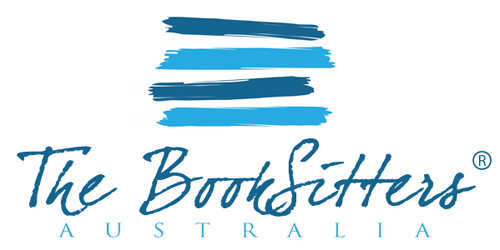Do you know your break-even point?
Do you know your break-even point?
All business owners need to be aware of their break-even point — that is, the number of units they need to sell in order to cover their operating costs.
Once you’ve reached your break-even point, it’s time to celebrate: your business is no longer in the red, and you are officially earning a profit.
This article will show you how to calculate your break-even point so you can make wise business decisions that support greater growth.
Why your break-even point matters
Entrepreneurs who attempt to run a business without knowing whether or when they’ll be profitable probably won’t be in business long.
Knowing your break-even point comes in handy whenever you’re making plans to invest in your company’s growth, or making a decision that will have an impact on profits (i.e. a cost-benefit analysis).
Another key advantage of knowing exactly how much you have to earn to start generating profits is improved accuracy of your budgets and forecasts.
What are your fixed costs?
The first step to calculating your break-even point is to list the predictable, ongoing monthly expenses required to run your business.
Examples of fixed costs include:
- Rented or leased office space
- Rented or leased retail space
- Employee salaries
- Office expenses
- Insurance
- Utilities (e.g. heat, electricity, phone service, internet)
Do the best you can to include the most accurate numbers on your break-even spreadsheet – and be sure to add an additional 10% to cover unforeseen miscellaneous expenses.
List your variable costs
You’ll also want to take into account the business expenses that vary month to month. In order to be as precise as possible, calculate an average monthly cost by tracking your variable expenses over a two to three month period.
Examples of items you’ll want to include monthly estimates for are:
- Inventory
- Labor
- Commissions
- Shipping costs
- Delivery fees
- Interest fees (calculated on your business credit cards or lines of credit)
Based on your fixed and variable monthly costs, you can now determine how much you need to sell in order to reach your break-even point.
Try this simple break-even formula
To find the break-even point for any product or service you offer, enter the following numbers in the formula below:
- your company’s fixed overhead costs
- the price of each item for sale
- each unit’s variable costs
Fixed costs ÷ (unit sales price – variable costs)
As an example, let’s calculate the break-even point for a web designer offering fixed rate website packages priced at $5,000/each.
Fixed operating expenses: $10,000
Variable expenses/package: $1,000
Current sales price: $5,000/package
$10,000/($5,000 – $1,000)
$10,000/($4,000) = 2.5
According to this calculation, the web designer would need to sell 2.5 website packages to break even and start earning a profit.
In order to improve profitability, the designer may decide to cut expenses, switch to lower-priced business service providers, raise her rates, or try to sell her customers new “add on” services.
Final thoughts
To ensure you’re always making business decisions based on the most accurate, up to date info, make it a habit to update your break-even analysis each quarter.
Now that you know your company’s break-even point, what will you do to increase your small business’s profitability today?
Small Business Bookkeeping
Have your accountant or bookkeeper walk you through the calculation of your break-even point, so that you can make better informed business decisions for the future. The information and insight a bookkeeper provides goes a long way to managing your financials!
See below for our bookkeeper locations.
Our Bookkeepers
Justine Day: Southern Highlands / Bowral Bookkeeper
Petra Austing: Southern Highlands / Bowral Bookkeeper
Amanda Graham: Gold Coast Bookkeeper
Karin Evans: Gold Coast Bookkeeper
Pru Hall: Wollongong Bookkeeper
Jackie Short: Canberra Bookkeeper

